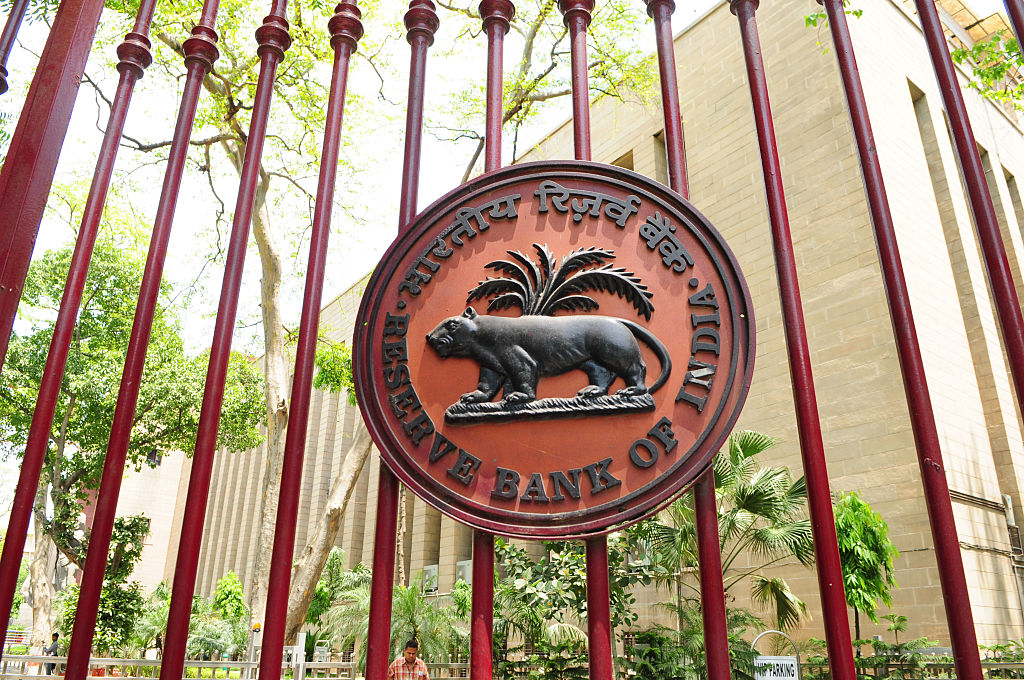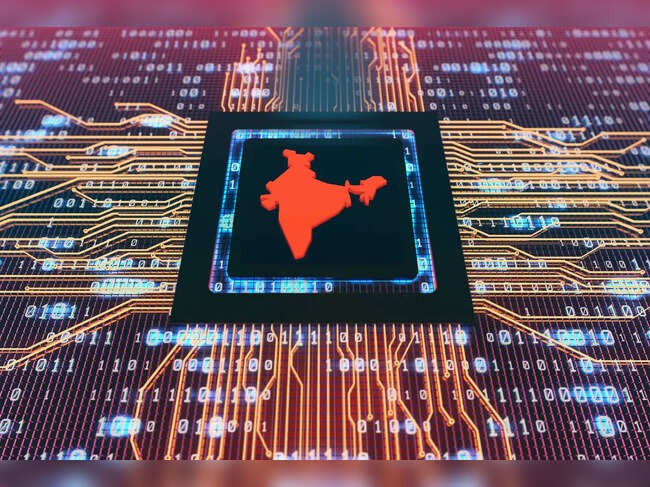



DoT's Financial Fraud Risk Indicator (FRI) classifies mobile numbers by fraud risk (medium, high, very high) using inputs from various sources. RBI now mandates banks integrate FRI, enabling real-time prevention of cyber frauds by declining suspicious transactions, issuing alerts, or delaying high-risk payments, thereby enhancing digital trust and safeguarding citizens.

Copyright infringement not intended
Picture Courtesy: DD NEWS
The Reserve Bank of India (RBI) suggested all major banks (including commercial banks, small finance banks, payments banks, and co-operative banks) to start using the Financial Fraud Risk Indicator (FRI).
It is a new tool, launched in May 2025, by the Digital Intelligence Unit (DIU), under the Department of Telecommunications (DoT).
It checks a mobile number and classifies it as having a Medium, High, or Very High risk of being linked to financial fraud.
The system has already proven its usefulness. Leading financial institutions and payment service providers are actively using the platform, including:
The FRI's classification comes from information collected from many different sources:
By combining all these inputs, the FRI builds a comprehensive risk profile for mobile numbers.
The FRI empowers banks and other financial players like NBFCs (Non-Banking Financial Companies) and UPI (Unified Payments Interface) service providers to take immediate action.
Declining Suspicious Transactions => If a transaction involves a mobile number flagged as high risk by the FRI, banks can automatically stop or decline that transaction.
Issuing Alerts => Banks can send immediate alerts or warnings to their customers if their transaction involves a high-risk number, which makes the customer aware of a potential threat.
Prioritizing Enforcement => The FRI helps banks and other stakeholders focus their efforts on preventing fraud associated with the riskiest numbers.
Source:
|
PRACTICE QUESTION Q. "Deepfakes and misinformation spread through digital platforms pose a growing threat to democratic processes and societal harmony." Analyze this challenge and suggest measures to counter it. 150 words |









© 2026 iasgyan. All right reserved